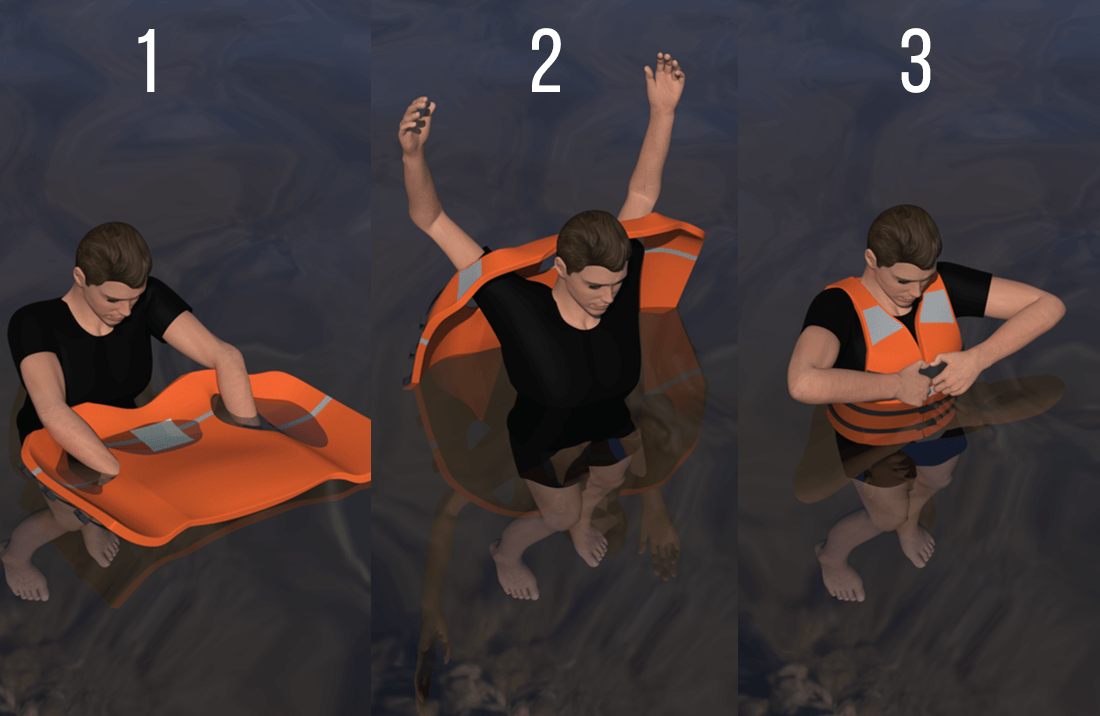How to Handle a Capsized Canoe or Kayak

Capsizing is one of the most common emergencies involving canoes and kayaks, and knowing how to respond is essential for safe paddling.
If your vessel overturns, remain calm and stay with the boat unless it is unsafe to do so, as it provides flotation and makes you easier to locate.
Check that everyone is wearing a properly secured life jacket and confirm that all passengers are safe. Move to the bow or stern to stabilize the boat and flip it upright if it is inverted.
When re-entering, climb aboard from the center while keeping your weight low; kayakers may use partner-assisted techniques such as a T-rescue or pump out water before re-entry. Once back in the vessel, remove excess water with a bilge pump or bailer and keep the bow pointed into the waves for stability.
Paddle to the nearest safe area and reassess your equipment and condition before continuing. Proper loading, balance, and regular practice of re-entry techniques help prevent capsizes and improve your ability to recover quickly.

Canoes and kayaks are naturally less stable than larger boats, so capsizing is always a possibility. Knowing what to do can prevent injuries and make recovery much easier.
1. Stay Calm and Stay With Your Boat
-
Don’t panic—take a moment to orient yourself.
-
Unless the boat is drifting into danger, stay with it. It provides flotation and makes you easier to spot.
2. Check Yourself and Others
-
Make sure everyone is wearing a properly fitted life jacket.
-
Confirm that all passengers are safe and uninjured before attempting to recover the vessel.
3. Position the Boat for Recovery
-
Move to the bow or stern, not the sides—this prevents further rolling.
-
If the boat is upside down, flip it upright by pulling on one side or using a partner to push/pull together.
4. Re-Enter the Canoe or Kayak
For a Canoe:
-
Keep the boat stable by having one person hold onto the opposite side.
-
Slowly kick and pull yourself up over the centerline of the canoe.
For a Kayak:
-
If you have a sit-on-top kayak, climb aboard from the side, staying low and centered.
-
For sit-inside kayaks, use a partner-assisted rescue (like the T-rescue) or pump out water before re-entry if possible.
5. Remove Excess Water
-
Use a bilge pump or bailer to remove water and restore stability.
-
In rough water, keep the bow pointed into the waves while you bail.
6. Paddle to Safety
-
Once the vessel is stable, carefully paddle to the nearest shore or calm area.
-
Evaluate your equipment, yourself, and any passengers before continuing your trip.
7. Prevent Future Capsizes
-
Know your weight limits.
-
Keep the load low and centered.
-
Practice re-entries in calm water.
-
Avoid standing or sudden shifts in movement.